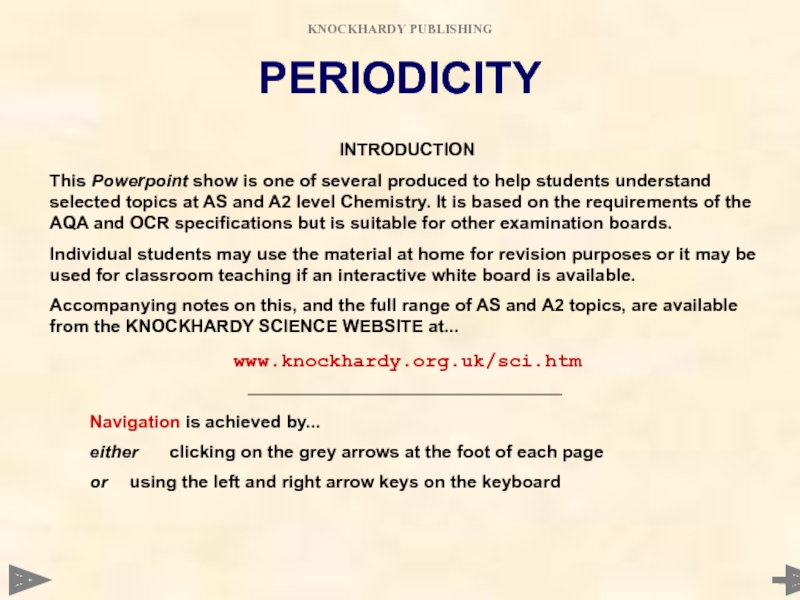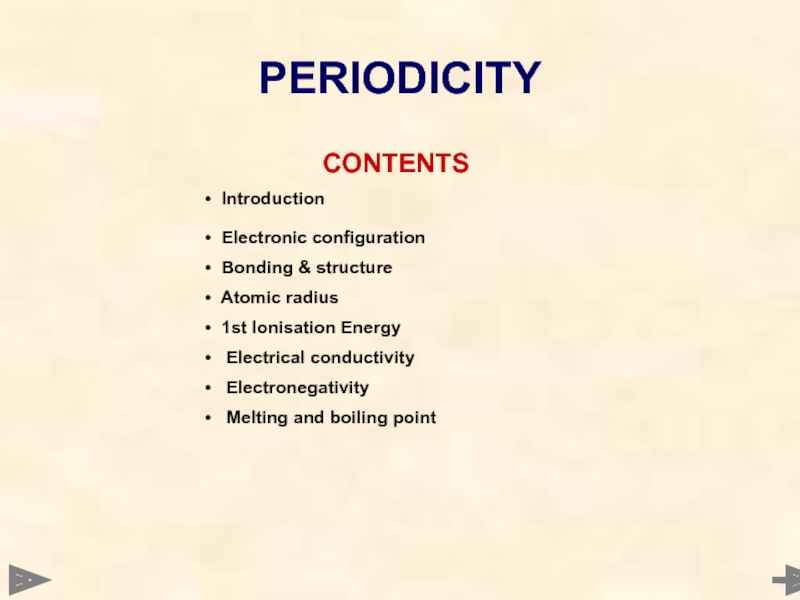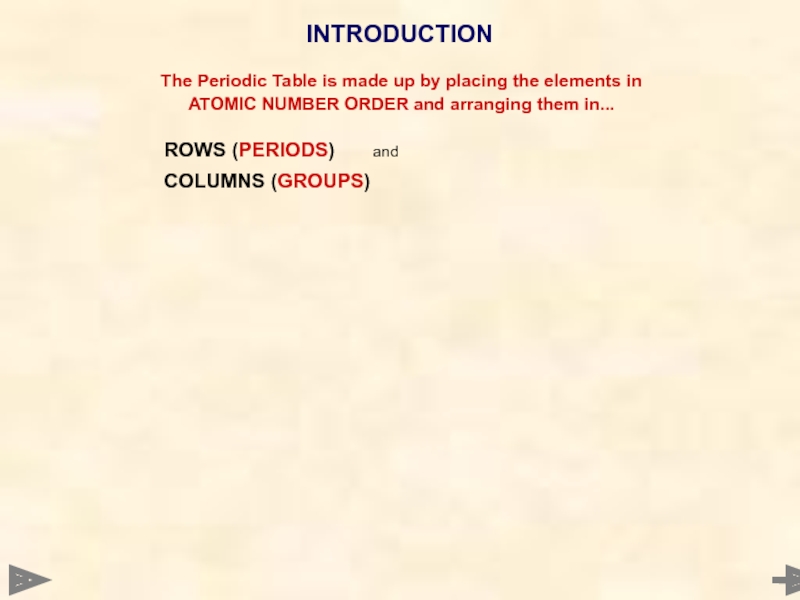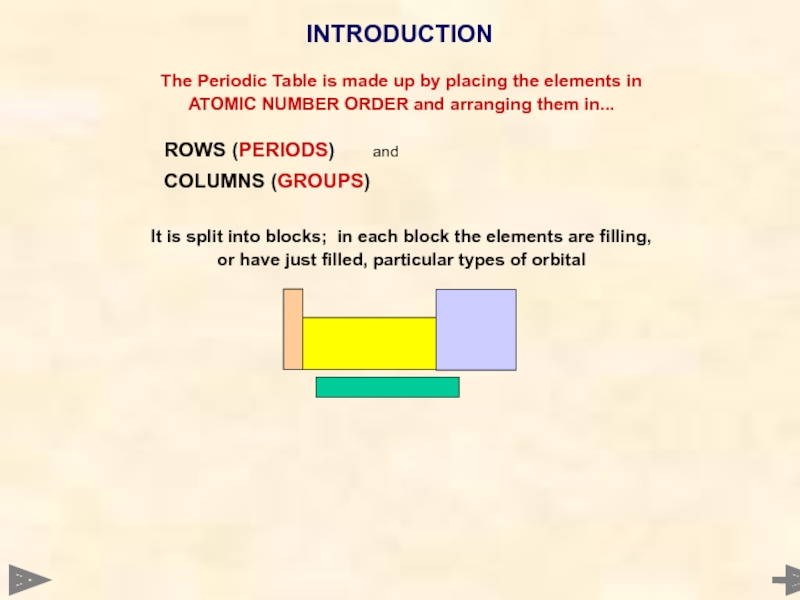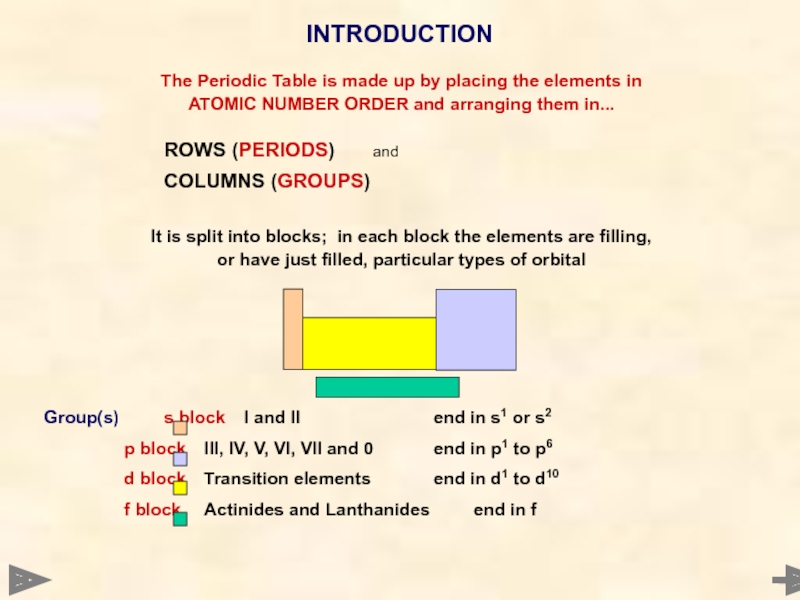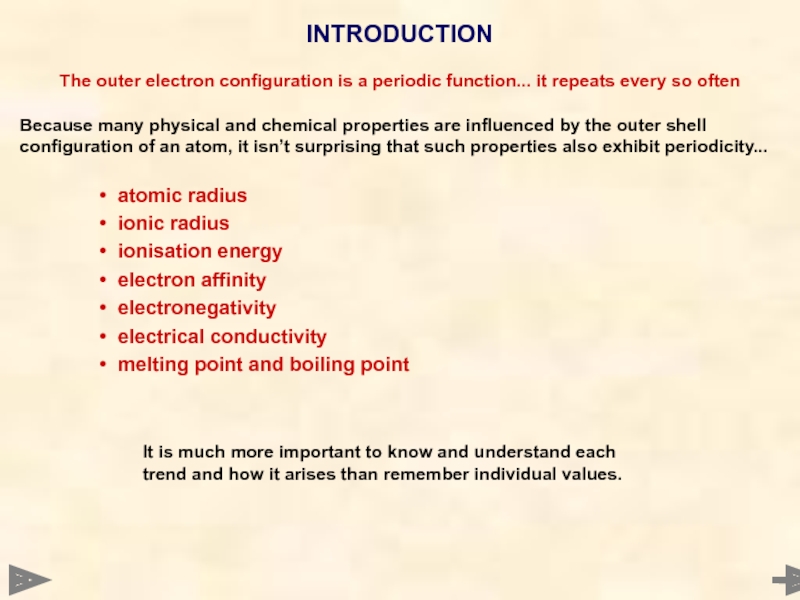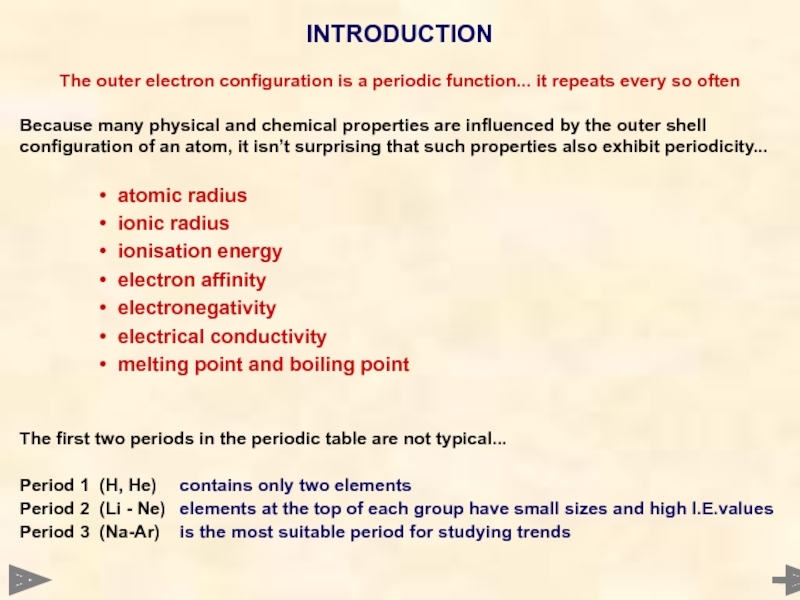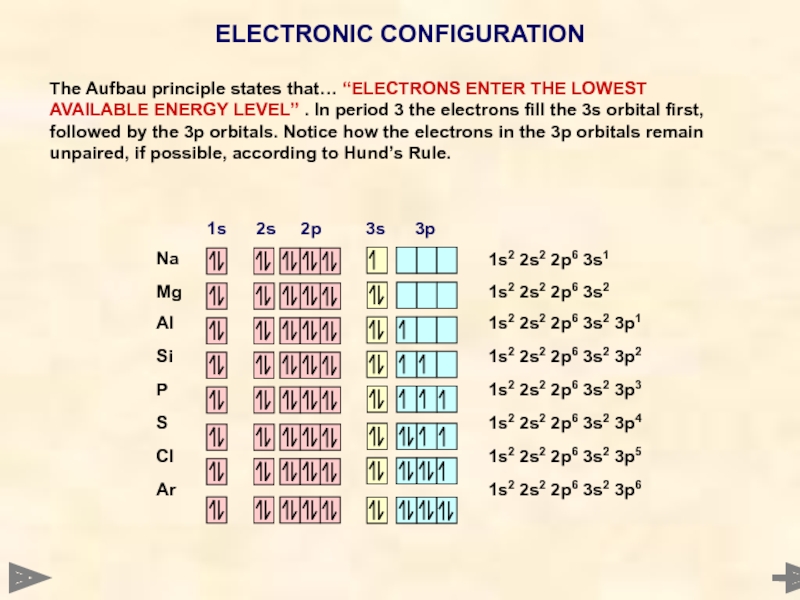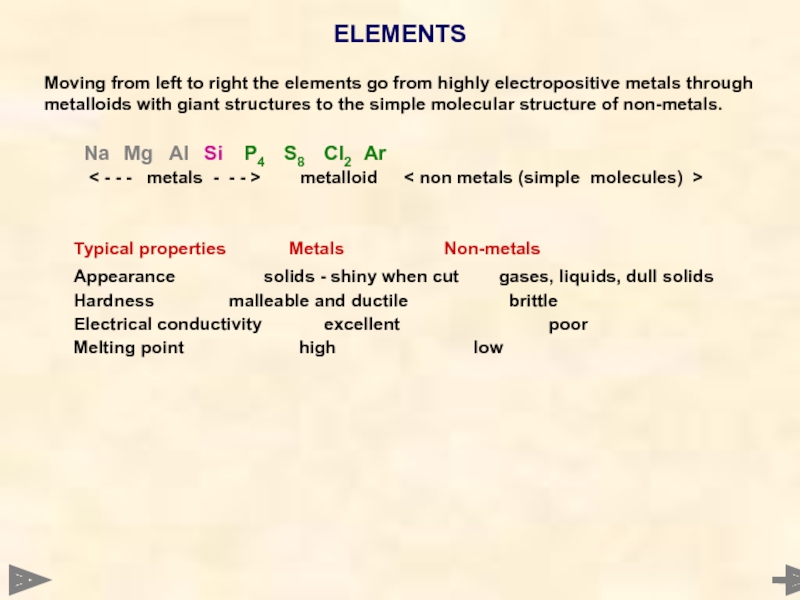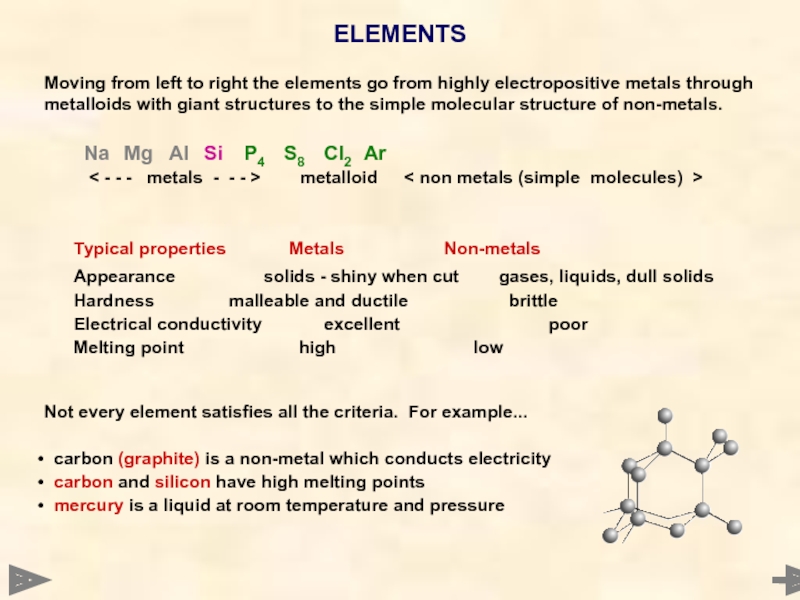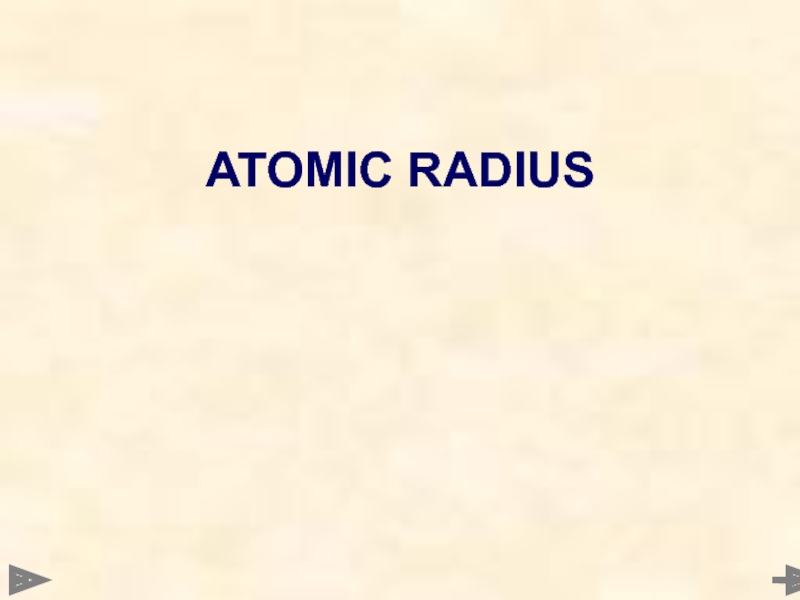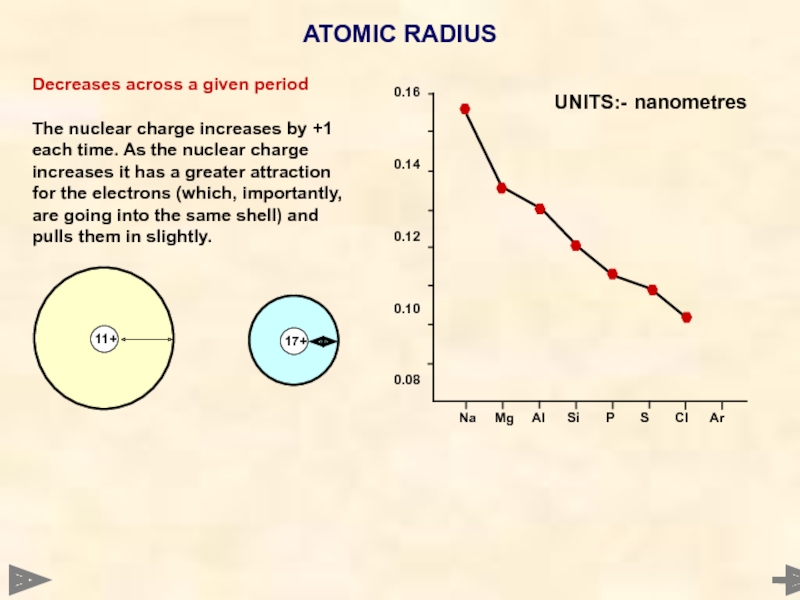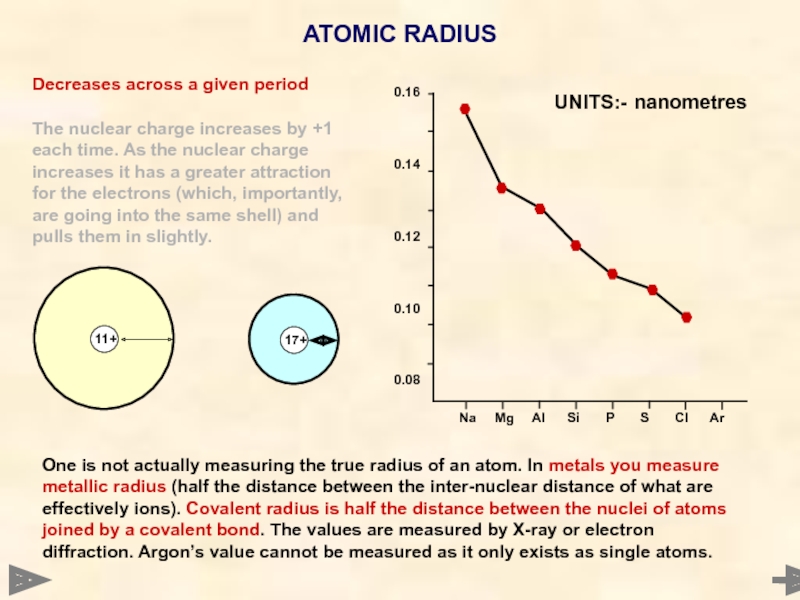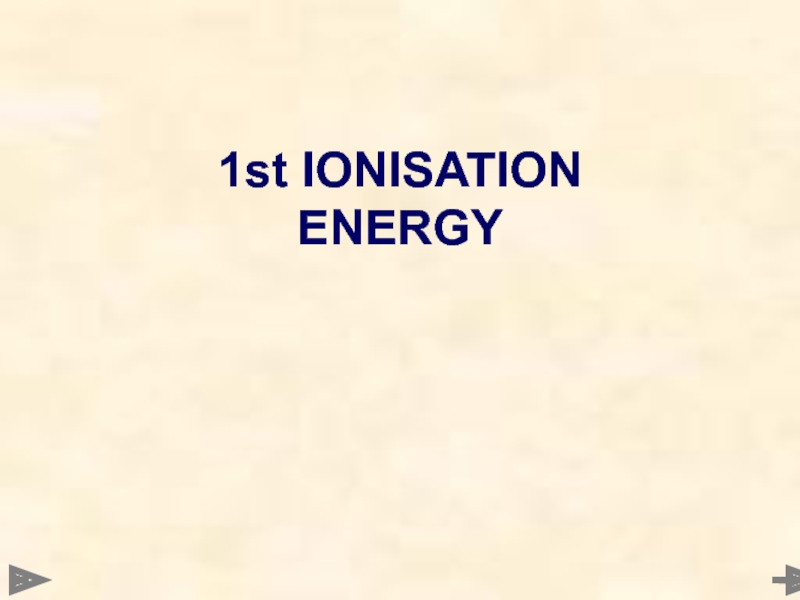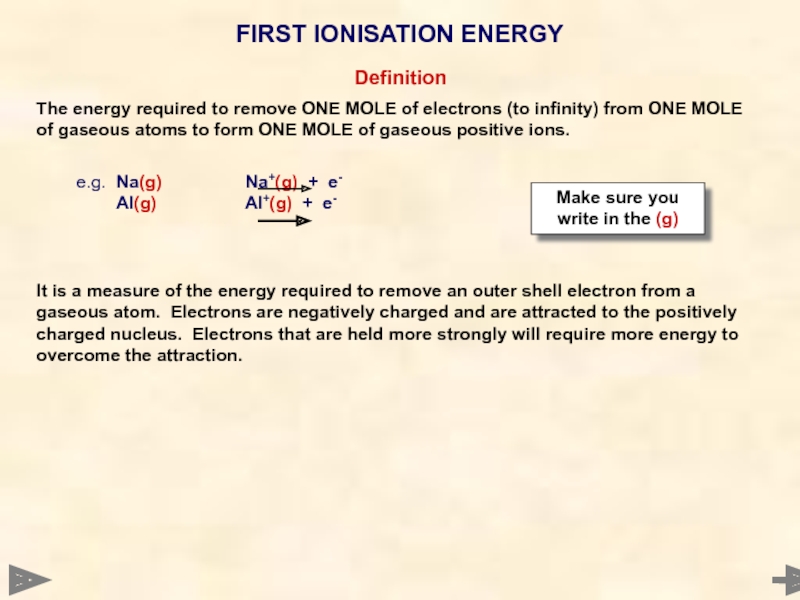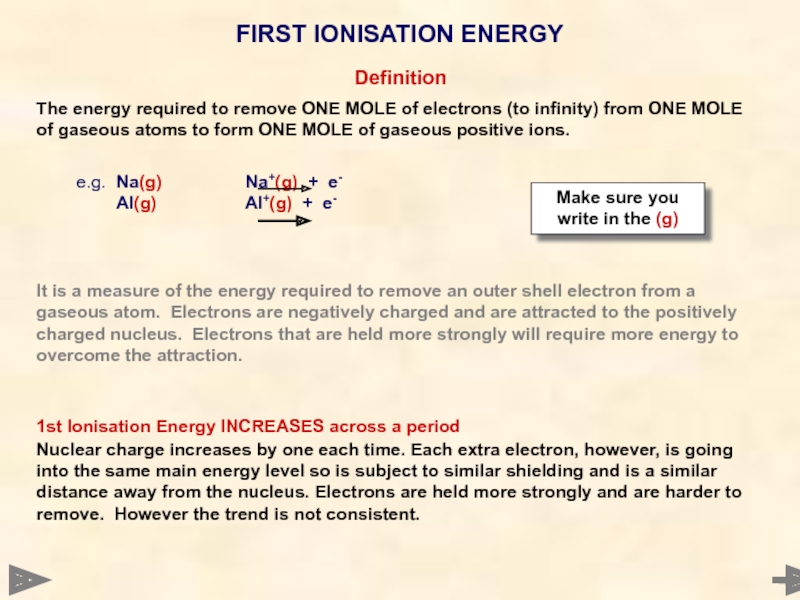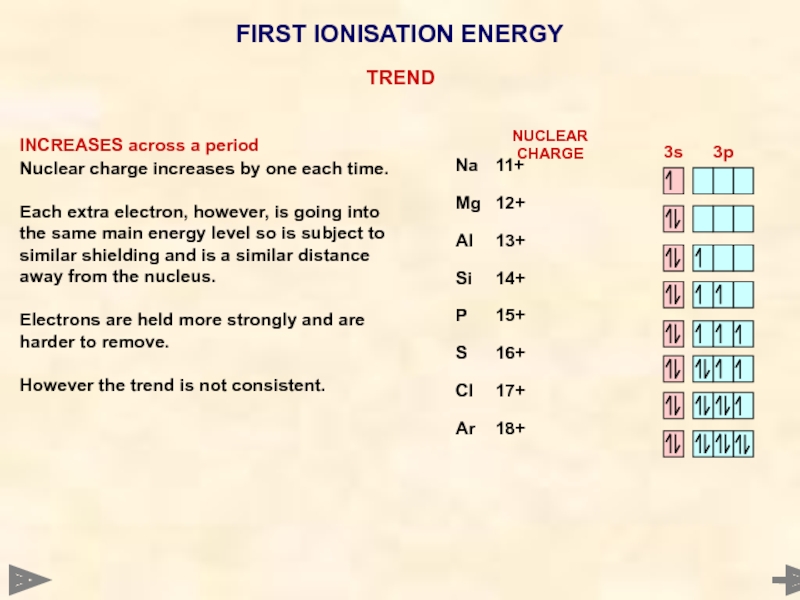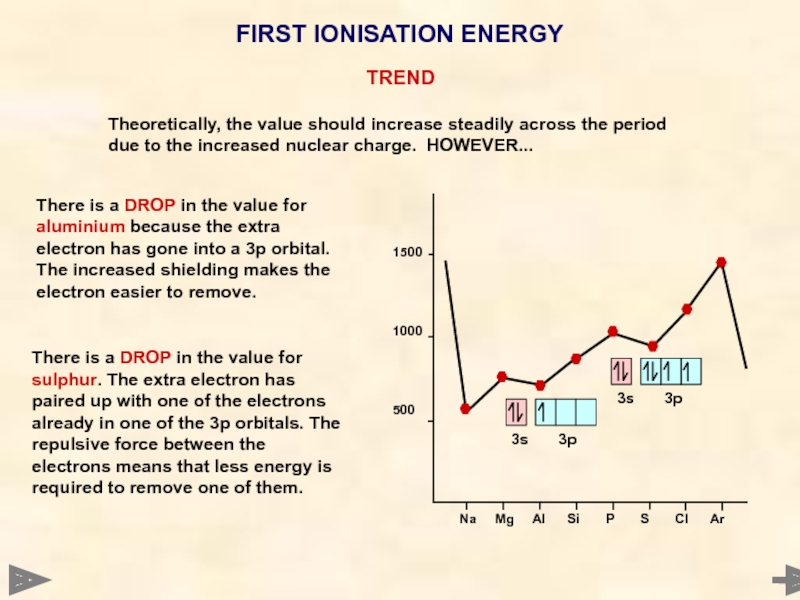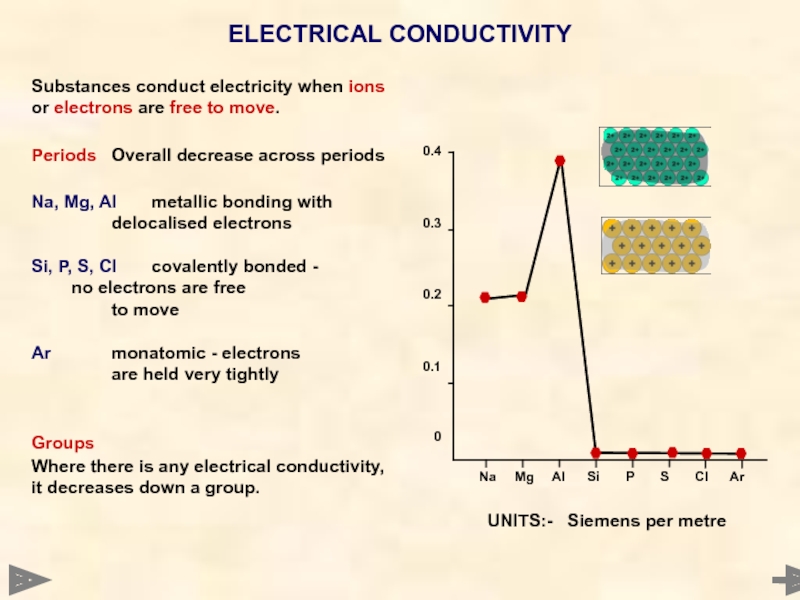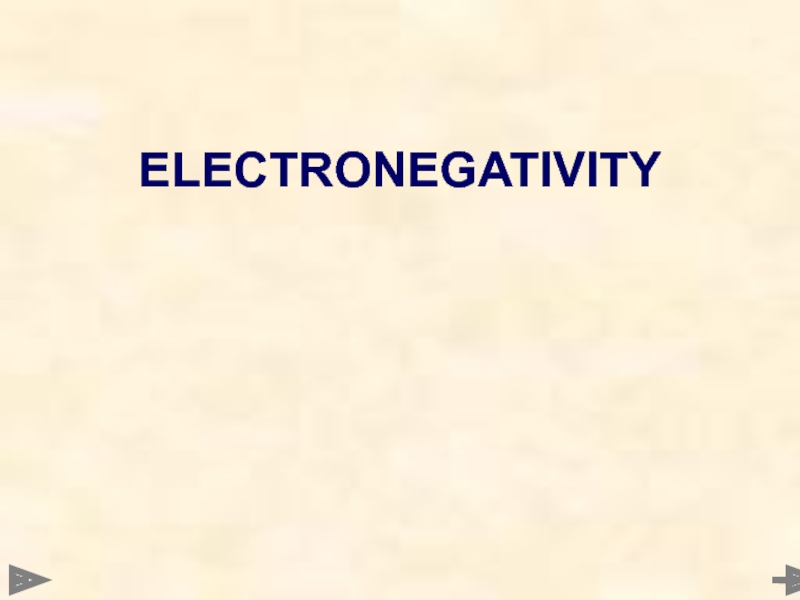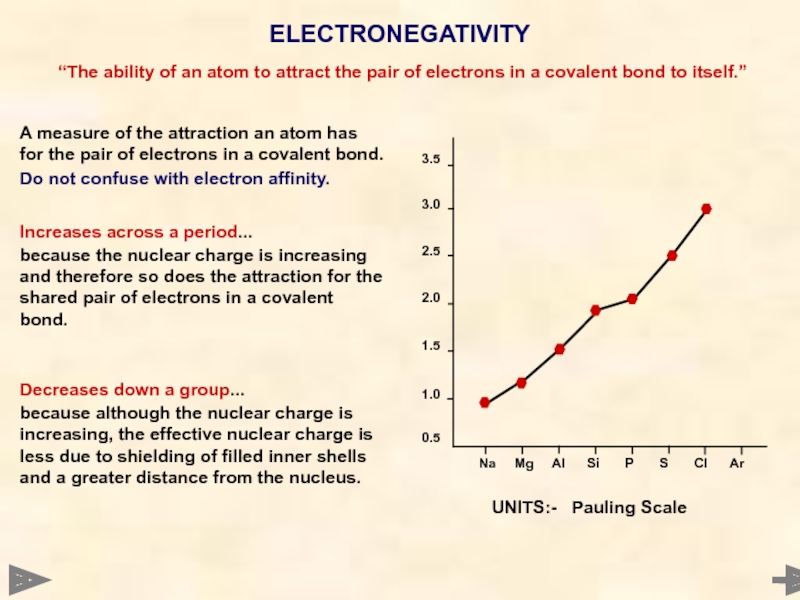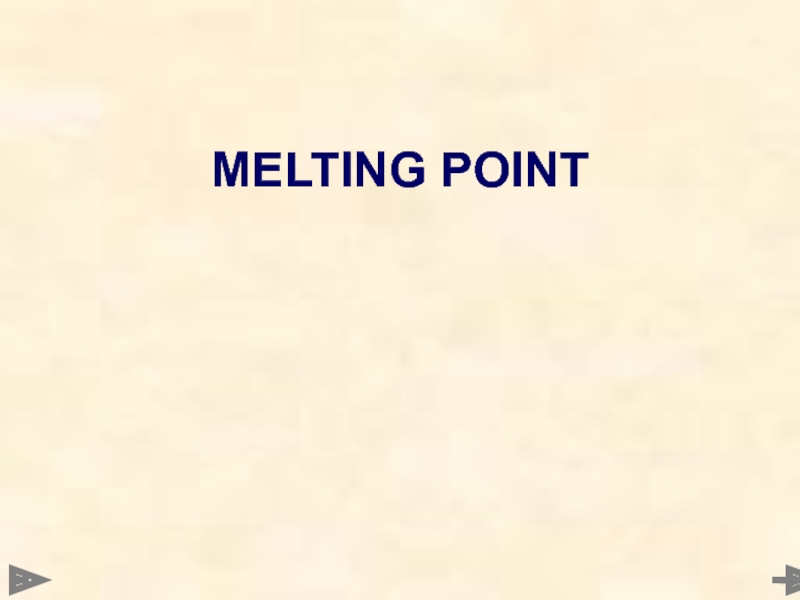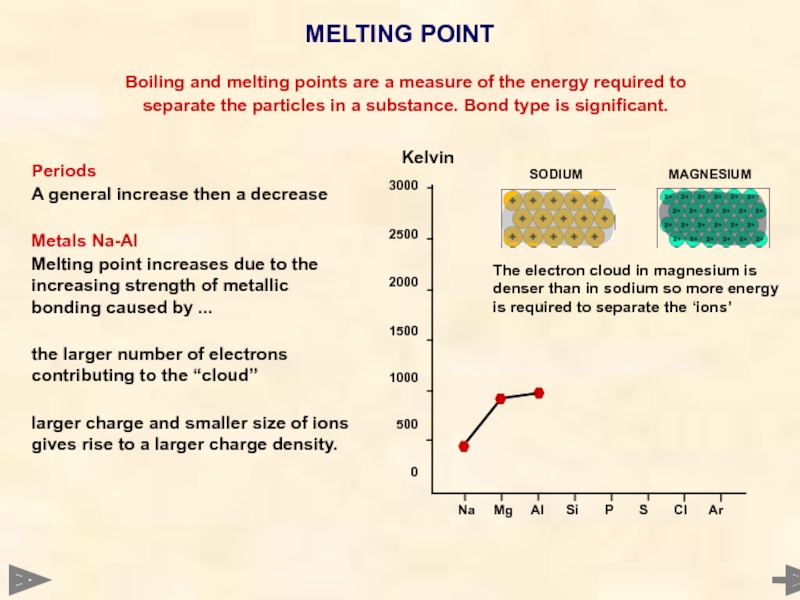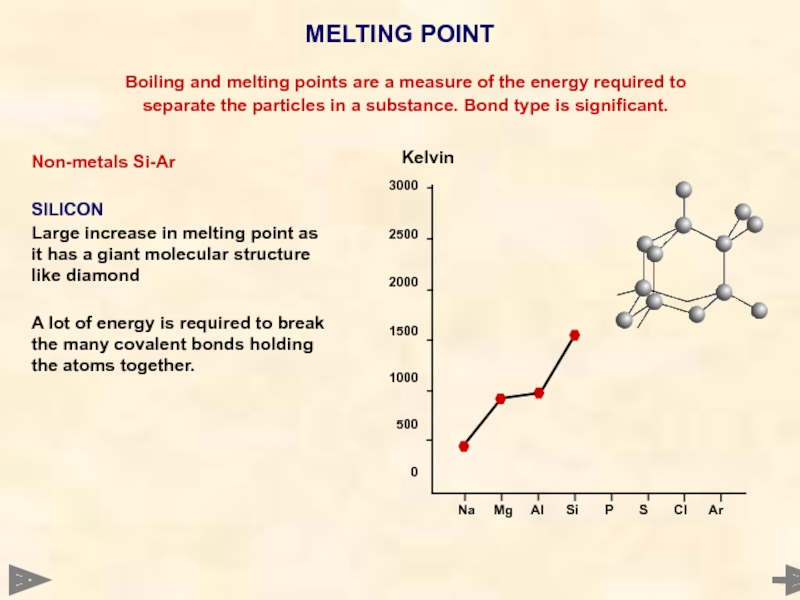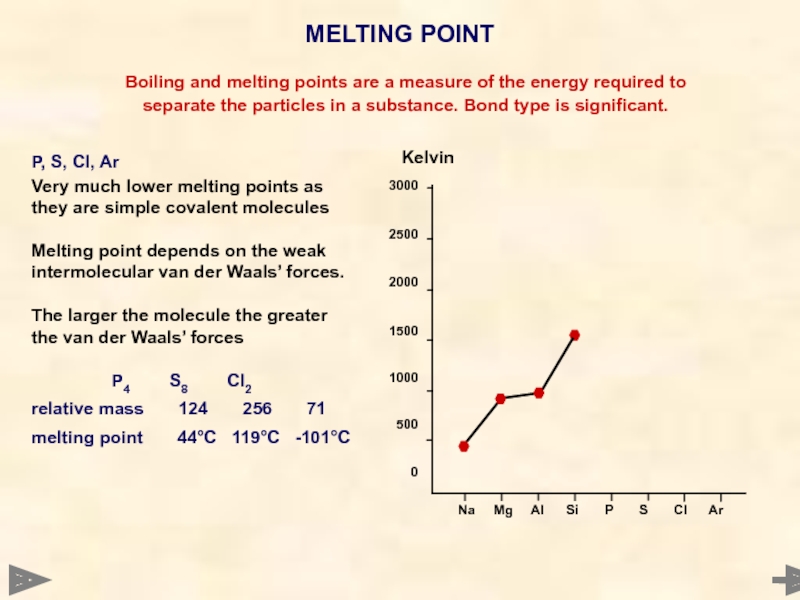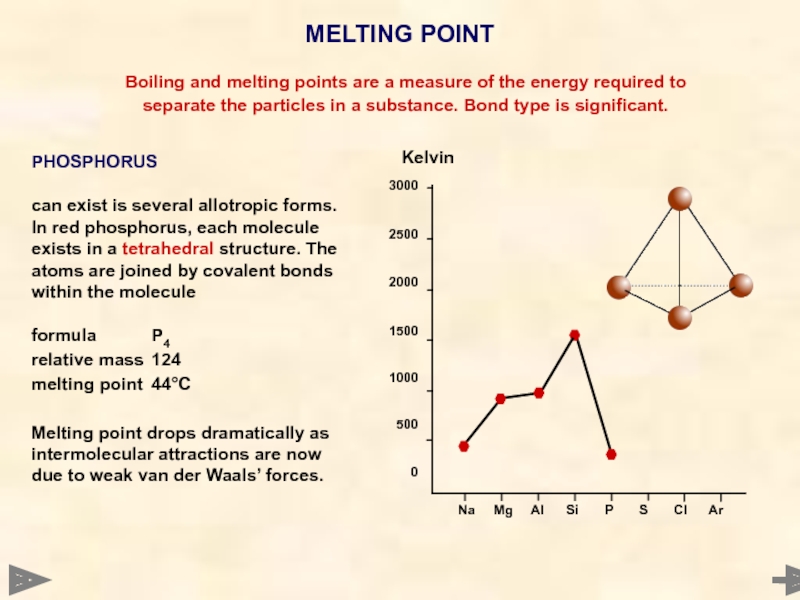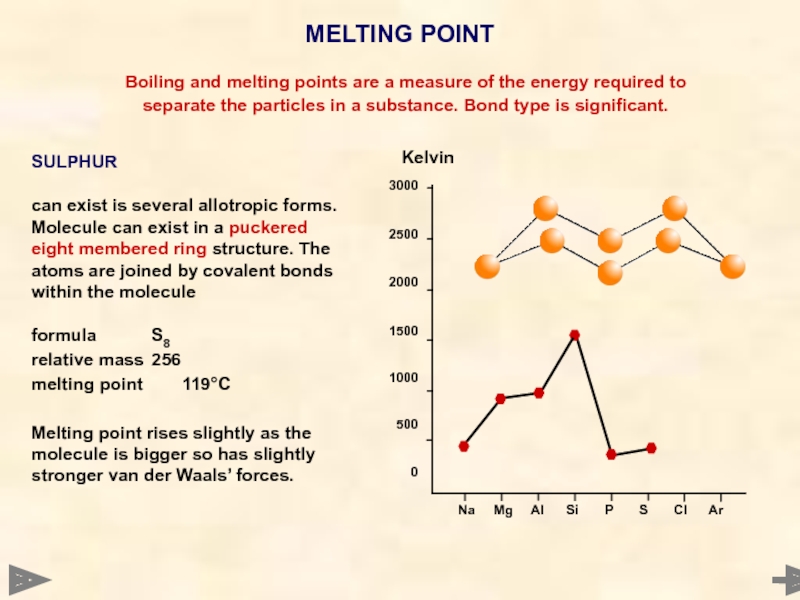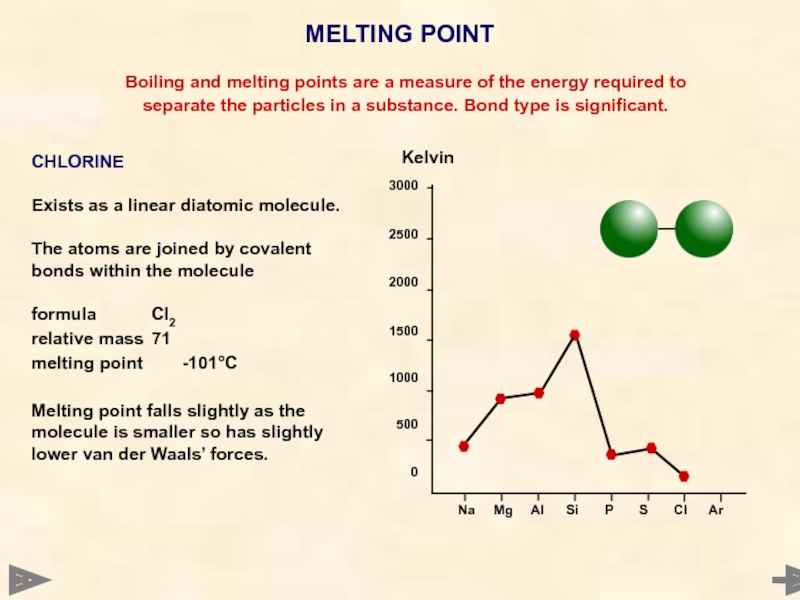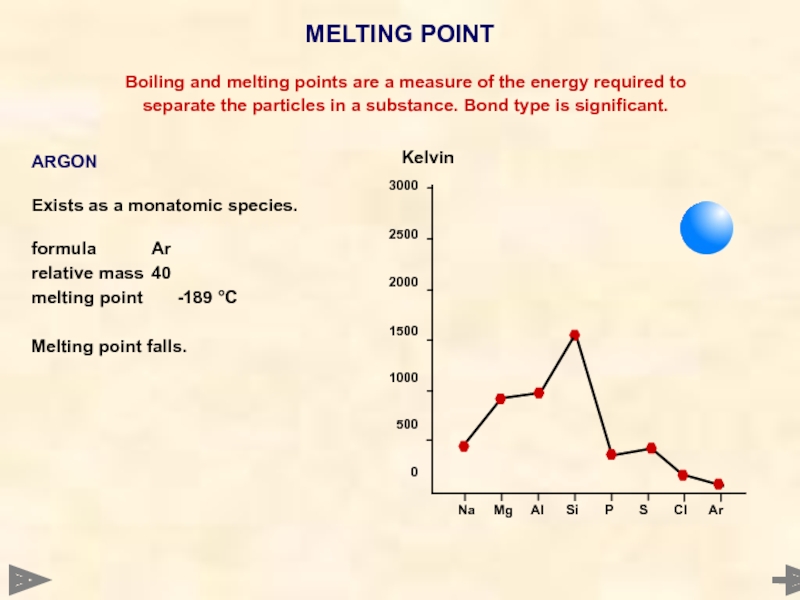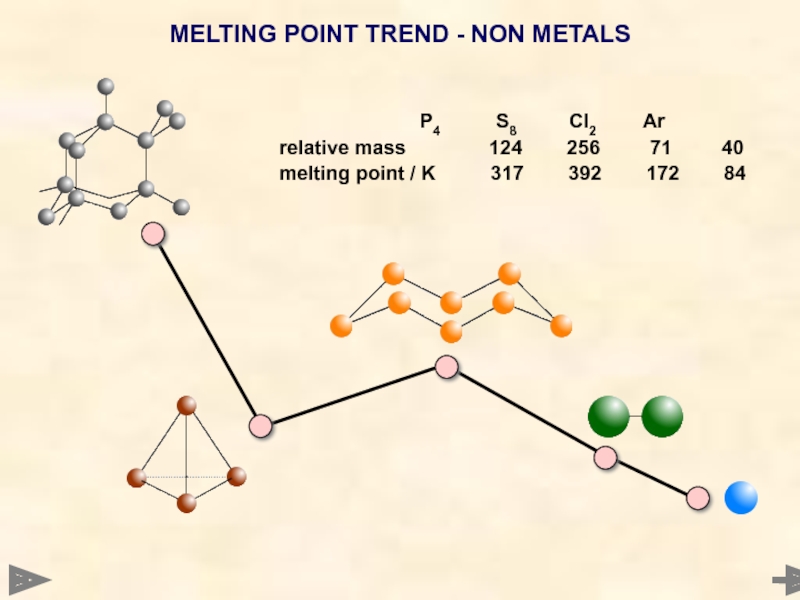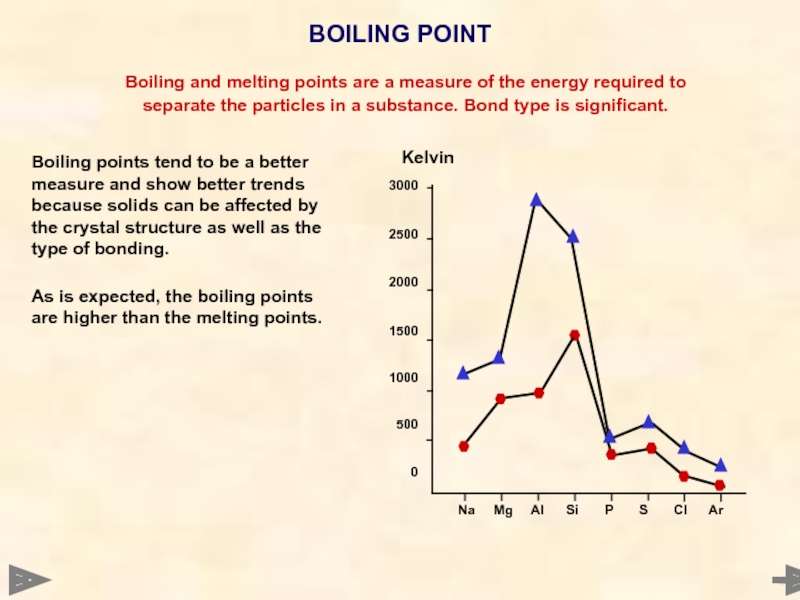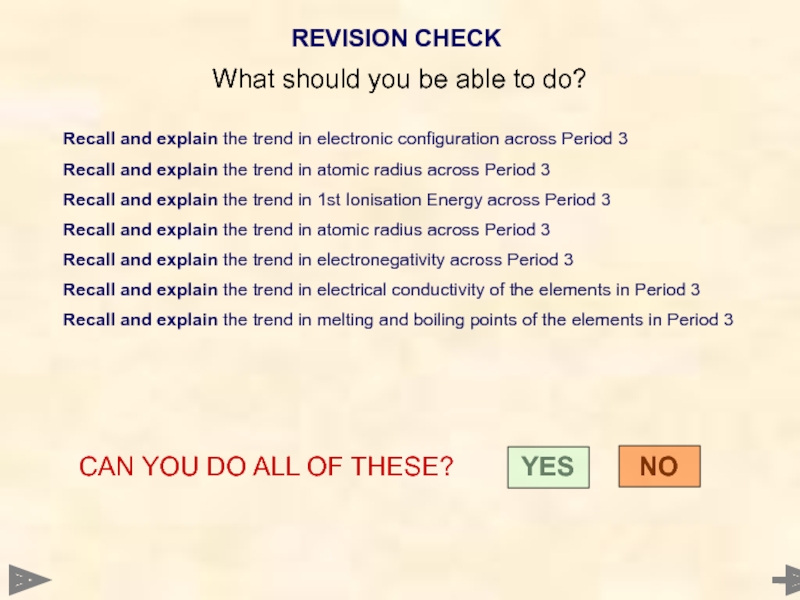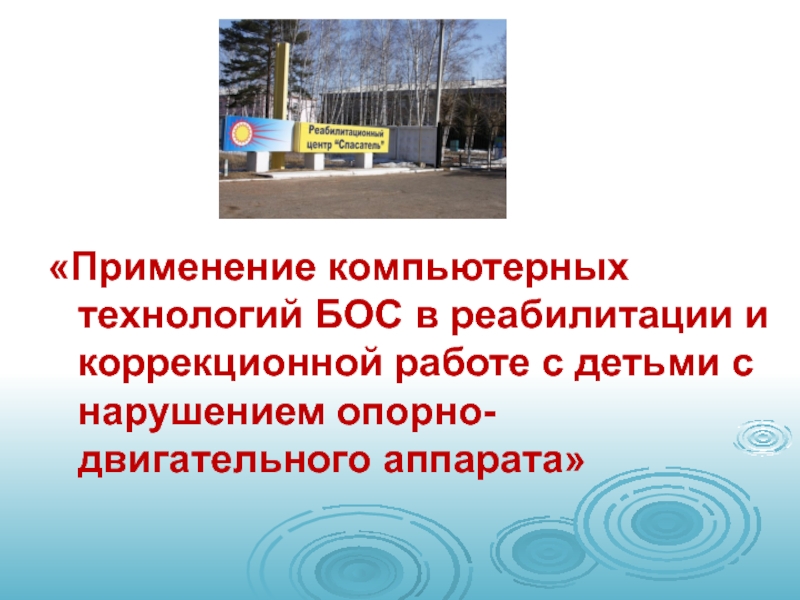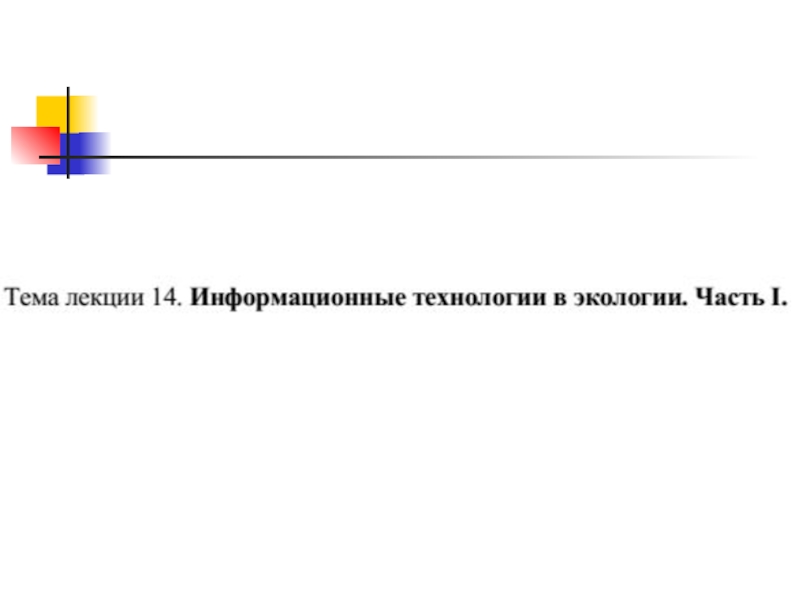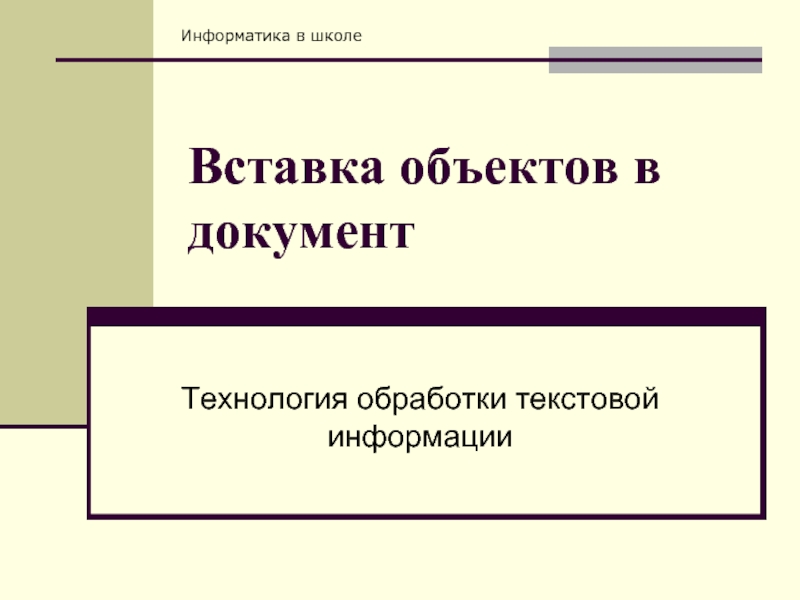- Главная
- Разное
- Дизайн
- Бизнес и предпринимательство
- Аналитика
- Образование
- Развлечения
- Красота и здоровье
- Финансы
- Государство
- Путешествия
- Спорт
- Недвижимость
- Армия
- Графика
- Культурология
- Еда и кулинария
- Лингвистика
- Английский язык
- Астрономия
- Алгебра
- Биология
- География
- Детские презентации
- Информатика
- История
- Литература
- Маркетинг
- Математика
- Медицина
- Менеджмент
- Музыка
- МХК
- Немецкий язык
- ОБЖ
- Обществознание
- Окружающий мир
- Педагогика
- Русский язык
- Технология
- Физика
- Философия
- Химия
- Шаблоны, картинки для презентаций
- Экология
- Экономика
- Юриспруденция
An introduction to periodicity презентация
Содержание
- 1. An introduction to periodicity
- 2. INTRODUCTION This Powerpoint show is
- 4. The Periodic Table is made
- 5. The Periodic Table is made
- 6. The Periodic Table is made
- 7. The outer electron configuration is
- 8. The outer electron configuration is
- 9. ELECTRONIC CONFIGURATION
- 10. ELECTRONIC CONFIGURATION The Aufbau principle
- 11. BONDING & STRUCTURE
- 12. ELEMENTS Moving from left to
- 13. ELEMENTS Moving from left to
- 14. ATOMIC RADIUS
- 15. ATOMIC RADIUS Decreases across a
- 16. ATOMIC RADIUS Decreases across a
- 17. 1st IONISATION ENERGY
- 18. FIRST IONISATION ENERGY It is
- 19. FIRST IONISATION ENERGY It is
- 20. FIRST IONISATION ENERGY INCREASES across
- 21. FIRST IONISATION ENERGY There is
- 22. ELECTRICAL CONDUCTIVITY
- 23. ELECTRICAL CONDUCTIVITY Substances conduct electricity
- 24. ELECTRONEGATIVITY
- 25. ELECTRONEGATIVITY A measure of the
- 26. MELTING POINT
- 27. MELTING POINT 3000
- 28. MELTING POINT
- 29. MELTING POINT 3000
- 30. MELTING POINT
- 31. MELTING POINT
- 32. MELTING POINT
- 33. MELTING POINT Boiling and melting
- 34. MELTING POINT TREND - NON
- 35. 3000 2500 2000
- 36. REVISION CHECK What should you be able
- 37. You need to go over the relevant
- 38. WELL DONE! Try some past paper questions
- 39. © 2008 JONATHAN HOPTON & KNOCKHARDY PUBLISHING AN INTRODUCTION TO PERIODICITY THE END
Слайд 1AN INTRODUCTION TO PERIODICITY
A guide for A level students
KNOCKHARDY PUBLISHING
2008 SPECIFICATIONS
Слайд 2
INTRODUCTION
This Powerpoint show is one of several produced to help students
Individual students may use the material at home for revision purposes or it may be used for classroom teaching if an interactive white board is available.
Accompanying notes on this, and the full range of AS and A2 topics, are available from the KNOCKHARDY SCIENCE WEBSITE at...
www.knockhardy.org.uk/sci.htm
Navigation is achieved by...
either clicking on the grey arrows at the foot of each page
or using the left and right arrow keys on the keyboard
KNOCKHARDY PUBLISHING
PERIODICITY
Слайд 3 CONTENTS
Introduction
Electronic
Bonding & structure
Atomic radius
1st Ionisation Energy
Electrical conductivity
Electronegativity
Melting and boiling point
PERIODICITY
Слайд 4
The Periodic Table is made up by placing the elements in
ATOMIC
ROWS (PERIODS) and
COLUMNS (GROUPS)
INTRODUCTION
Слайд 5
The Periodic Table is made up by placing the elements in
ATOMIC
ROWS (PERIODS) and
COLUMNS (GROUPS)
It is split into blocks; in each block the elements are filling,
or have just filled, particular types of orbital
INTRODUCTION
Слайд 6
The Periodic Table is made up by placing the elements in
ATOMIC
ROWS (PERIODS) and
COLUMNS (GROUPS)
It is split into blocks; in each block the elements are filling,
or have just filled, particular types of orbital
Group(s) s block I and II end in s1 or s2
p block III, IV, V, VI, VII and 0 end in p1 to p6
d block Transition elements end in d1 to d10
f block Actinides and Lanthanides end in f
INTRODUCTION
Слайд 7
The outer electron configuration is a periodic function... it repeats every
Because many physical and chemical properties are influenced by the outer shell configuration of an atom, it isn’t surprising that such properties also exhibit periodicity...
• atomic radius
• ionic radius
• ionisation energy
• electron affinity
• electronegativity
• electrical conductivity
• melting point and boiling point
INTRODUCTION
It is much more important to know and understand each trend and how it arises than remember individual values.
Слайд 8
The outer electron configuration is a periodic function... it repeats every
Because many physical and chemical properties are influenced by the outer shell configuration of an atom, it isn’t surprising that such properties also exhibit periodicity...
• atomic radius
• ionic radius
• ionisation energy
• electron affinity
• electronegativity
• electrical conductivity
• melting point and boiling point
The first two periods in the periodic table are not typical...
Period 1 (H, He) contains only two elements
Period 2 (Li - Ne) elements at the top of each group have small sizes and high I.E.values
Period 3 (Na-Ar) is the most suitable period for studying trends
INTRODUCTION
Слайд 10
ELECTRONIC CONFIGURATION
The Aufbau principle states that… “ELECTRONS ENTER THE LOWEST AVAILABLE
Слайд 12
ELEMENTS
Moving from left to right the elements go from highly electropositive
Na Mg Al Si P4 S8 Cl2 Ar
< - - - metals - - - > metalloid < non metals (simple molecules) >
Typical properties Metals Non-metals
Appearance solids - shiny when cut gases, liquids, dull solids
Hardness malleable and ductile brittle
Electrical conductivity excellent poor
Melting point high low
Слайд 13
ELEMENTS
Moving from left to right the elements go from highly electropositive
Na Mg Al Si P4 S8 Cl2 Ar
< - - - metals - - - > metalloid < non metals (simple molecules) >
Typical properties Metals Non-metals
Appearance solids - shiny when cut gases, liquids, dull solids
Hardness malleable and ductile brittle
Electrical conductivity excellent poor
Melting point high low
Not every element satisfies all the criteria. For example...
carbon (graphite) is a non-metal which conducts electricity
carbon and silicon have high melting points
mercury is a liquid at room temperature and pressure
Слайд 15
ATOMIC RADIUS
Decreases across a given period
The nuclear charge increases by +1
UNITS:- nanometres
Слайд 16
ATOMIC RADIUS
Decreases across a given period
The nuclear charge increases by +1
UNITS:- nanometres
One is not actually measuring the true radius of an atom. In metals you measure metallic radius (half the distance between the inter-nuclear distance of what are effectively ions). Covalent radius is half the distance between the nuclei of atoms joined by a covalent bond. The values are measured by X-ray or electron diffraction. Argon’s value cannot be measured as it only exists as single atoms.
Слайд 18
FIRST IONISATION ENERGY
It is a measure of the energy required to
Definition
The energy required to remove ONE MOLE of electrons (to infinity) from ONE MOLE of gaseous atoms to form ONE MOLE of gaseous positive ions.
e.g. Na(g) Na+(g) + e-
Al(g) Al+(g) + e-
Make sure you write in the (g)
Слайд 19
FIRST IONISATION ENERGY
It is a measure of the energy required to
1st Ionisation Energy INCREASES across a period
Nuclear charge increases by one each time. Each extra electron, however, is going into the same main energy level so is subject to similar shielding and is a similar distance away from the nucleus. Electrons are held more strongly and are harder to remove. However the trend is not consistent.
Definition
The energy required to remove ONE MOLE of electrons (to infinity) from ONE MOLE of gaseous atoms to form ONE MOLE of gaseous positive ions.
e.g. Na(g) Na+(g) + e-
Al(g) Al+(g) + e-
Make sure you write in the (g)
Слайд 20
FIRST IONISATION ENERGY
INCREASES across a period
Nuclear charge increases by one each
Each extra electron, however, is going into the same main energy level so is subject to similar shielding and is a similar distance away from the nucleus.
Electrons are held more strongly and are harder to remove.
However the trend is not consistent.
TREND
Слайд 21FIRST IONISATION ENERGY
There is a DROP in the value for sulphur.
There is a DROP in the value for aluminium because the extra electron has gone into a 3p orbital. The increased shielding makes the electron easier to remove.
Theoretically, the value should increase steadily across the period due to the increased nuclear charge. HOWEVER...
TREND
Слайд 23
ELECTRICAL CONDUCTIVITY
Substances conduct electricity when ions or electrons are free to
Periods Overall decrease across periods
Na, Mg, Al metallic bonding with
delocalised electrons
Si, P, S, Cl covalently bonded - no electrons are free
to move
Ar monatomic - electrons
are held very tightly
Groups
Where there is any electrical conductivity, it decreases down a group.
UNITS:- Siemens per metre
Слайд 25
ELECTRONEGATIVITY
A measure of the attraction an atom has for the pair
Do not confuse with electron affinity.
Increases across a period...
because the nuclear charge is increasing and therefore so does the attraction for the shared pair of electrons in a covalent bond.
Decreases down a group...
because although the nuclear charge is increasing, the effective nuclear charge is less due to shielding of filled inner shells and a greater distance from the nucleus.
UNITS:- Pauling Scale
“The ability of an atom to attract the pair of electrons in a covalent bond to itself.”
Слайд 27
MELTING POINT
3000
2500
2000
1500
1000
500
0
Boiling and melting points are a
separate the particles in a substance. Bond type is significant.
Periods
A general increase then a decrease
Metals Na-Al
Melting point increases due to the increasing strength of metallic bonding caused by ...
the larger number of electrons contributing to the “cloud”
larger charge and smaller size of ions gives rise to a larger charge density.
Kelvin
The electron cloud in magnesium is denser than in sodium so more energy is required to separate the ‘ions’
SODIUM MAGNESIUM
Слайд 28
MELTING POINT
3000
2500
2000
1500
1000
500
0
Boiling and melting points are a
separate the particles in a substance. Bond type is significant.
Non-metals Si-Ar
SILICON
Large increase in melting point as it has a giant molecular structure like diamond
A lot of energy is required to break the many covalent bonds holding the atoms together.
Kelvin
Слайд 29
MELTING POINT
3000
2500
2000
1500
1000
500
0
Boiling and melting points are a
separate the particles in a substance. Bond type is significant.
P, S, Cl, Ar
Very much lower melting points as they are simple covalent molecules
Melting point depends on the weak intermolecular van der Waals’ forces.
The larger the molecule the greater
the van der Waals’ forces
P4 S8 Cl2
relative mass 124 256 71
melting point 44°C 119°C -101°C
Kelvin
Слайд 30
MELTING POINT
3000
2500
2000
1500
1000
500
0
Boiling and melting points are a
separate the particles in a substance. Bond type is significant.
PHOSPHORUS
can exist is several allotropic forms. In red phosphorus, each molecule exists in a tetrahedral structure. The atoms are joined by covalent bonds within the molecule
formula P4
relative mass 124
melting point 44°C
Melting point drops dramatically as intermolecular attractions are now due to weak van der Waals’ forces.
Kelvin
Слайд 31
MELTING POINT
3000
2500
2000
1500
1000
500
0
Boiling and melting points are a
separate the particles in a substance. Bond type is significant.
SULPHUR
can exist is several allotropic forms. Molecule can exist in a puckered eight membered ring structure. The atoms are joined by covalent bonds within the molecule
formula S8
relative mass 256
melting point 119°C
Melting point rises slightly as the molecule is bigger so has slightly stronger van der Waals’ forces.
Kelvin
Слайд 32
MELTING POINT
3000
2500
2000
1500
1000
500
0
Boiling and melting points are a
separate the particles in a substance. Bond type is significant.
CHLORINE
Exists as a linear diatomic molecule.
The atoms are joined by covalent bonds within the molecule
formula Cl2
relative mass 71
melting point -101°C
Melting point falls slightly as the molecule is smaller so has slightly lower van der Waals’ forces.
Kelvin
Слайд 33
MELTING POINT
Boiling and melting points are a measure of the energy
separate the particles in a substance. Bond type is significant.
3000
2500
2000
1500
1000
500
0
ARGON
Exists as a monatomic species.
formula Ar
relative mass 40
melting point -189 °C
Melting point falls.
Kelvin
Слайд 34
MELTING POINT TREND - NON METALS
relative mass 124 256 71 40
melting point / K 317 392 172 84
Слайд 35
3000
2500
2000
1500
1000
500
0
Boiling points tend to be a better
As is expected, the boiling points are higher than the melting points.
Kelvin
BOILING POINT
Boiling and melting points are a measure of the energy required to
separate the particles in a substance. Bond type is significant.
Слайд 36REVISION CHECK
What should you be able to do?
Recall and explain the
Recall and explain the trend in atomic radius across Period 3
Recall and explain the trend in 1st Ionisation Energy across Period 3
Recall and explain the trend in atomic radius across Period 3
Recall and explain the trend in electronegativity across Period 3
Recall and explain the trend in electrical conductivity of the elements in Period 3
Recall and explain the trend in melting and boiling points of the elements in Period 3
CAN YOU DO ALL OF THESE? YES NO

